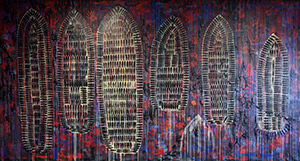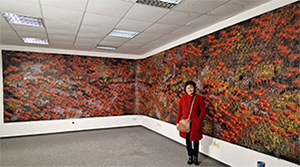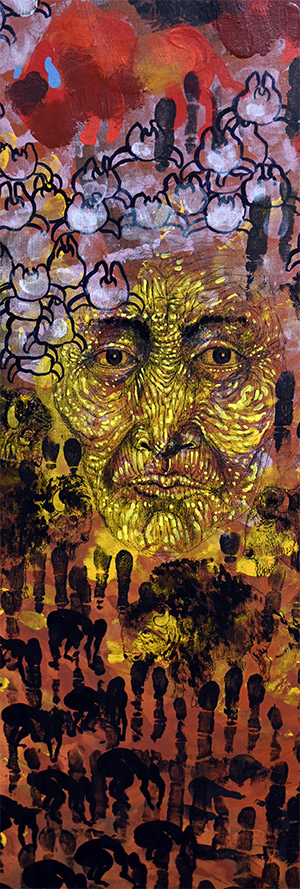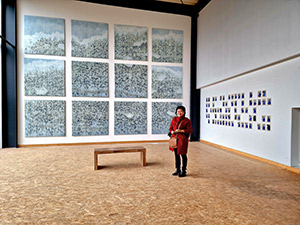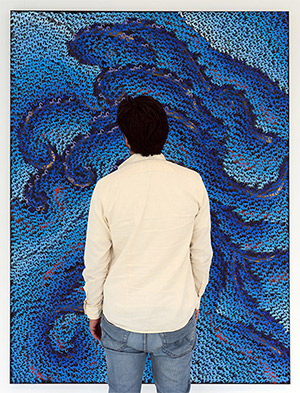
(fig. 1) Taifun by OTGO 2021-2022, acryl on canvas 200 x 150 cm | Photo by Chloé Alyshea | «HUNNEN» – solo OtGO exhibition cova art gallery, Eindhoven NETHERLANDS 2022
The first impression of OtGO’s work is the sheer grandiosity of the picture, with or without their dimensions. His works overwhelm the viewer with the intensity of their lush figuration, and immediately require various levels of viewing ranging from panoramic snapshots from distance and close and private viewing of numerous details. In the Taifun (fig. 1), one sees at the first encounter a composition of entangled figures configured into a visual vortex of equine movement.2 The dynamics of infinite movement and the color arrangement instantly drive the viewer into a closer engagement with the picture: from panoramic immersion, one moves to a private exploration, here focused on numerous tiny horses. For an erudite viewer familiar with Mongolian motifs, these stylized horses are based on images of Mongolian petroglyphs and rock art, which is the heritage of the artist himself. The painting creates a captivating optical effect that effortlessly moves the viewing experience from one level of immersion to another, back and forth and non-stop, without much strenuous coercion effortlessly engaging the viewer.
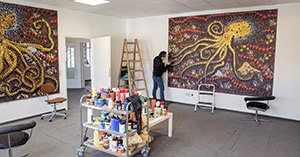
(fig. 2) Triptych: The Last Supper by OtGO | Inside the Studio: Work in Progress | Photo by Anna Wyszomierska
A Mongolian-born artist, OtGO often uses depictions of horses in his art, a frequent motif for many Mongolian artists.3 Trained in Mongolia, however, he has moved beyond the concerns of tradition and is rather engaged in the global issues of urbanization, cultural degradation, neoliberalism, and the ongoing pandemic. His triptych, wittily titled after a well-known Biblical theme, Last Supper (fig. 2), is a shocking depiction of all sorts but one specific culture. By depicting a monstrous figure of all-prevailing octopus––a creature that is completely absent from his native Mongolia––the work provides a curious puzzle at the first glance. The menacing octopus dominates all three compositions, yet a close up view reveals the sea monster is built of countless tiny figures of monkeys seated in a long row with a plate and a glass, and a human skull on the long table in front of them. Clutching the skulls in their hands, they are surrounded by naked human bodies, and numerous grey human figures, the ghostly appearance of whom undoubtedly indicate the presence of death. Further indicators of death and tragedy include mountains of human skulls and of these ghostly bodies, where the monkeys are seen still actively piling and building more mountains of human death. The gigantic head of this octopus consists of SARS-CoV-2 virus images that have caused the COVID-19 pandemic and which are now permeating all three compositions (fig. 3). Visuality in these paintings lends us at an image of the world and the world-recognition4 as the pandemic-hit tragedy, where no cultures are distinguished, and where the Biblical line is used to complement the world-seeing concerned with death. Gigantic size of this triptych measuring up to four meters in length is a visual cry-out for the consequences of human actions that have led to an amounting death toll of the coronavirus victims worldwide ongoing since its onset in December 2019.
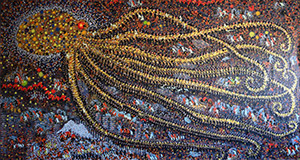
(fig. 3) Triptych: The Last Supper –2/3 by OtGO 2020–2022, acryl on canvas 215 x 400 cm
